Industrial Applications

Interconnects
Fiber optic interconnections are widely used in modern industrial applications, from localized network or system structures, to linking similar machines, complementary devices, and/or data communications from one system to another. Typical interconnect products are centered on a variety of industry standard cable assemblies that move, relay, or distribute data from point-to-point.

Diagnostics and Troubleshooting
Fiber optics for diagnostics and troubleshooting are used in varying capacities to test, measure, analyze, transmit, distribute, and/or simulate an optical signal with which the technician can perform procedures and processes associated with maintenance, problem solving, and calibration of equipment and/or networks. While many of these test and analysis processes are specific to a piece or multiple pieces of equipment, the fiber optic products used are generally based on industry standards.

Simulation
Network or signal simulation is a widely used method for testing, training, demonstration, and diagnostics of equipment, networks, and physical infrastructure applications. Simulation is the artificial re-creation of an active network connection, and can be used to test fiber optics in an industrial environment.

Outside Plant
Outside plant is defined as all the cables, conduits, ducts, poles, towers, repeaters, repeater huts, and other equipment located between a demarcation point in a switching facility and a demarcation point in another switching facility or customer premises. Simply put, this is the portion of your network that resides outside your facilities, connecting your industry to the outside world.
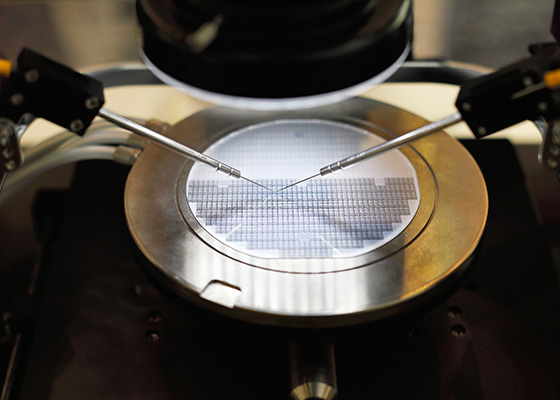
Semiconductor Equipment
The unique performance characteristics of fiber optics make it a natural choice for equipment and sensor interconnects, imaging, and illumination. For equipment and sensor interconnects, fiber provides a very large amount of bandwidth transmitted at very high speeds, ensuring seamless communication. Fiber also provides a means of communicating that is uninhibited by EMI and RFI, ensuring communication does not get compromised due to any number of outside signals or processes happening simultaneously.
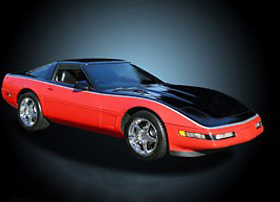
Automotive
Fiber optic technology is becoming the medium of choice for a variety of automotive applications. With its unique characteristics, fiber optics are a naturally ideal choice for lighting, communications, and sensing requirements.
Automobile manufacturers are using fiber for lighting applications for airbags, traction control devices, and safety system.
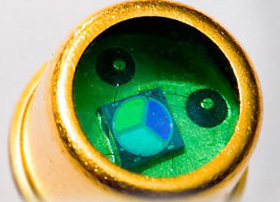
Sensing
Fiber optics for sensing applications are used to communicate with a sensor device, or use a fiber as the sensor itself, to conduct continuous monitoring of physical, chemical, and biological changes in the subject or object of study.
Fiber optic sensing is a key component to improving industrial processes, quality control systems, medical diagnostics, and preventing and controlling general process abnormalities.

Electronics
Timbercon fiber optic products for the electronics market cover a wide range of applications, from integrated internal component links to external product-to-product communications, and a multitude of product specific requirements to suit virtually any fiber connectivity need. Typically used in professional audio/video, alarm/security, and OEM component connections, fiber optics provide high bandwidth, EMI and RFI immunity, and compact packaging, enabling product designers and manufacturers to offer a small, lighter, and higher performance finished product.
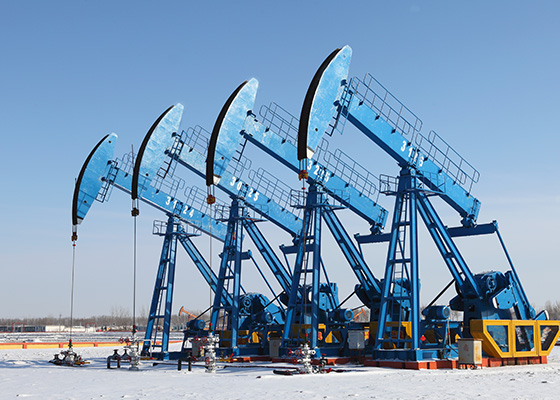
Oil & Gas
Fiber optics are used for a number of applications in the oil and gas markets, which require very specific cabling and connectivity requirements to ensure the utmost in safety, productivity, and harsh environment durability.
As producers of one of the most widely used consumables, oil and gas companies are rapidly expanding operations to support the increasing global demand for petroleum products, and are installing fiber optics to leverage the advantages offered by fiber, improving the overall performance and accuracy of their operations.

FTTx
FTTx (Fiber To The X), most commonly covers FTTh (Fiber To The Home), FTTc (Fiber To The curb), FTTp (Fiber To The Premises), and FTTd (Fiber To The Desk) applications running from the central office or head-end to business, residential, or multi-unit dwellings. FTTx applications require a wide range of products from multi-fiber trunk cables to standard simplex cable assemblies, and most everything in between.

HDTV
HDTV (high definition television) is the broadcasting of a higher resolution format than possible with traditional analog television broadcasting. HDTV is a very bandwidth intensive application requiring maximum allowable speed and data volume transfer. Originating with HD camera and video capture/processing equipment, television networks, service providers, and production companies are utilizing fiber optics as the support and distribution structure all the way to the subscriber premises.
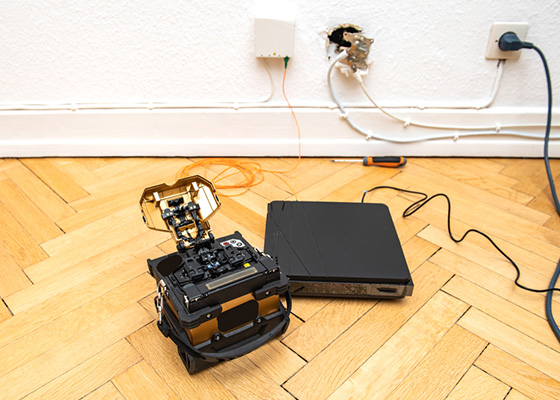
CATV
CATV (cable television) systems support multiple services including broadcast television, on-demand entertainment (video), and high speed internet access. These services are supplied via a fiber optic network to an optical node, which converts and distributes the electrical signal to subscribers via a coaxial cable connection. Most CATV applications will utilize both single mode and multimode signals within different areas of the network.
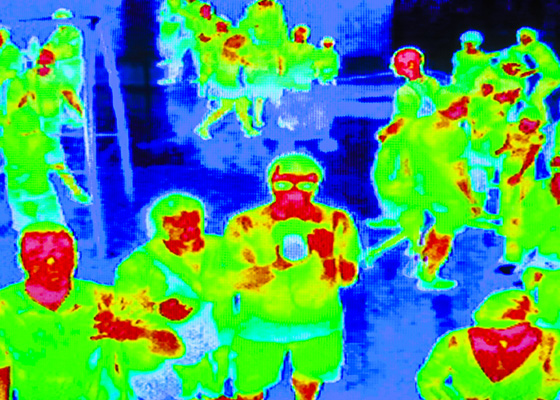
Imaging
Fiber optic imaging is used for a myriad of applications across several different industries, such as the semiconductor and medical industries. Imaging is also used for measurement and has enabled advancements in science and manufacturing previously not possible with older technologies.

Illumination
Fiber optic illumination is the conveyance or transmission of light from a source (output) to one or several fibers, allowing light to escape through the end of the fiber and illumination apparatus. Widely used in medical, dental, automotive, and research applications, fiber optic illumination provides a clean, cold light to be routed, targeted, focused, and/or directed to very specific hard to reach locations or areas.

Ship to Shore
Fiber optics for ship to shore applications are designed to provide data, phone, and other services to docked ships via umbilical cable to landline connection. These connections allow high speed, high bandwidth communications to and from the vessel, without using shipboard wireless transmit/receive systems. For this application, fiber optics offer some distinct advantages with size, weight, performance, and durability. These cables are typically small, light, and flexible, making it an easy product to work with while providing the performance to support present and future communications requirements.
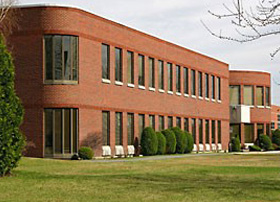
Institutions
Fiber optics for institutions represent a small but growing area of the market. With many of these organizations focusing on education, research and development, and testing, the need for advanced communication, data transmission, and data collection methods is paramount. Fiber optics for institutions are similar to other fiber optic applications as it is used to collect, manage, control, analyze, and/or connect data in a wide range of projects and processes.

Education
Educational institutions are finding many ways to apply fiber optic technology on their campuses. From research and classroom applications to setting up networks to connect students, administrators, professors and researchers, fiber optic technology is gaining popularity amongst colleges and universities. With virtually every research and development application being unique in nature, the fiber optic products required to support these applications are also unique.
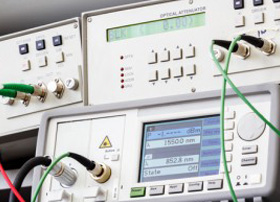
Test and Measurement
The test and measurement industry is comprised of services providers, equipment manufacturers, and end users that offer solutions for optical testing, simulation, and diagnostics and troubleshooting of products and/or networks. These products and services are designed to provide a simple and efficient method for conducting all types of testing and maintenance procedures.
